A Model Retirement
Retired electrician Frank Rindsberg is perfecting his hobby of intricate and authentic ship building with elaborate instructions for thousands of pieces.
After 37 years with the Atlanta Journal-Constitution and now with the AJT, , Jaffe’s focus is lifestyle, art, dining, fashion, and community events with emphasis on Jewish movers and shakers.
When Frank Rindsberg retired, other than playing a high-level game of pickleball, he didn’t have far to look for a fascinating hobby. Based on elaborate, authentic pre-packaged kits, Rindsberg spends up to 18 months intricately constructing replicas of some of the world’s most iconic ships.
He has built 12 model ships, over 14 years, which are displayed on glass shelves in his basement. Each one has name plates and photographs of the original. Most models are still in existence; the WASA – Sweden, the U.S. Constitution – Boston, the H.M.S. Victory – England, and the Fairmount Alpine Tugboat – Canada.
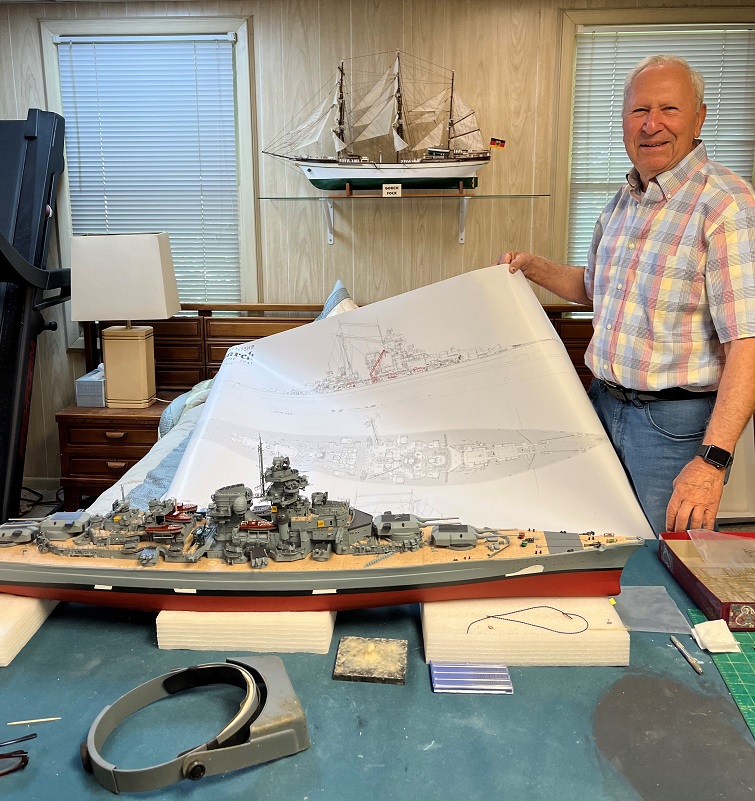
He said, “At present, I am building the Bismarck, which consists of 2,800 pieces just for the upper deck. This model is definitely one of my greatest challenges and is designed for advanced model ship builders.”
Purchased from Spanish and Italian manufacturers, Rindsberg’s kits are 100 percent authentic to the original ship, costing between $500 to $900 each, respectively. They are designed in metric measurements and have bounteous pages of blueprints, which he must study carefully prior to starting construction.
The hull shape of each ship consists of double wall planking. Each piece of wood is made of different thickness and sizes, and needs to be steamed, molded and placed into position with tiny nails. It takes between 15 to 17 coats of paint for the hull to get the perfect result and can take anywhere from 12 to 18 months to construct.
Rindsberg works on the models for between 10 minutes and three to four hours at a time, depending on the intricacy. The scale of most model ships is between 1:125 to 1:200.
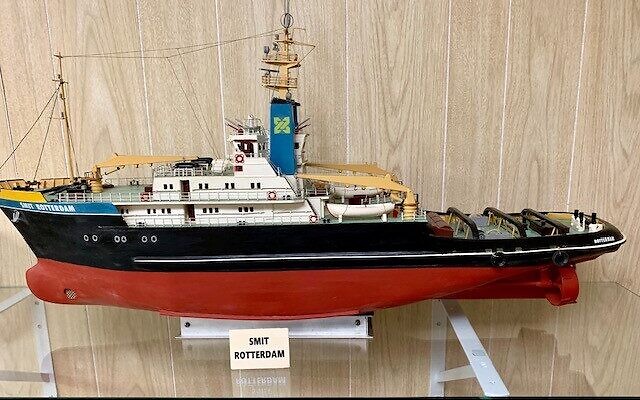
Special equipment is required in the assembly of tiny pieces which could be as small as a pinhead. He once lost a piece that was so small, he found it lodged under his thumbnail.
As a backdrop, Frank and Denise Rindsberg, together with three young sons, immigrated from South Africa to Atlanta in 1983 to start a new life in America. He is a qualified electrician whose attention to detail, manual dexterity and spatial thinking blended well with his interest in model ship building.
He recalled, “In those days (1974), South Africa didn’t have television, which led to a great opportunity to pursue ship building. At that time, X-Acto knives and super glue weren’t available, and I had to improvise using dermatologists’ equipment to cut pieces. Now, I use a magnifying Loupe Jewelry headgear, together with miniature drill bits, the size of a pin. An extremely steady hand is the key to delicate construction.
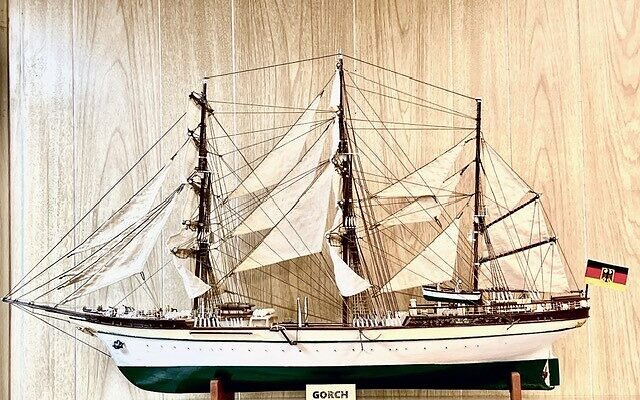
His first ship, the Rotterdam, was successfully launched on the water, being remotely controlled, then carefully packed up in crates, and shipped directly to Atlanta.
During construction, Rindsberg learns about the ships, including facts, like how the fourth chimney on the Titanic is a façade and not functional. It was designed to make the ship appear more symmetrical. Most of his sailing ships incorporate rope ladders which are hand-tied. There are approximately 5,000 knots on each sailboat, which are identical to the original ship. On certain models, he has incorporated and wired LED lighting, which he conceals in these designs.
Rindsberg’s favorite ship is the WASA, which is currently on display in a museum in Sweden. The Rindsbergs visited the WASA, and he recognized the complete construction and rigging to match his own model. He showed photos of his model to the museum administrator, who was very impressed by its accuracy.
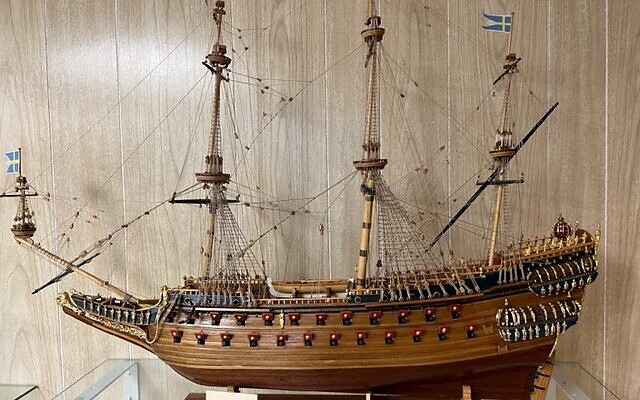
The next exciting adventure was when Rindsberg discovered the NORDKAP 476 in a museum in Iceland. The staff of the museum rallied around Rindsberg when he showed them his exact model of this fishing trawler. He has also built tugboats, steamboats, and World War II navy ships. Most of his models range from three to five feet in length with the Titanic being the largest at over six feet.
Rindsberg concluded, “One of the main challenges in assembling these designs is to study the blueprints carefully for hours on end, so that the pieces can be cut and painted prior to final installation. The assembly of pieces must be exact, alignment is critical! Sometimes, during the course of building these intricate models, I will take a break and hand paint acrylic landscape scenes, which are displayed at local festivals in Atlanta.”



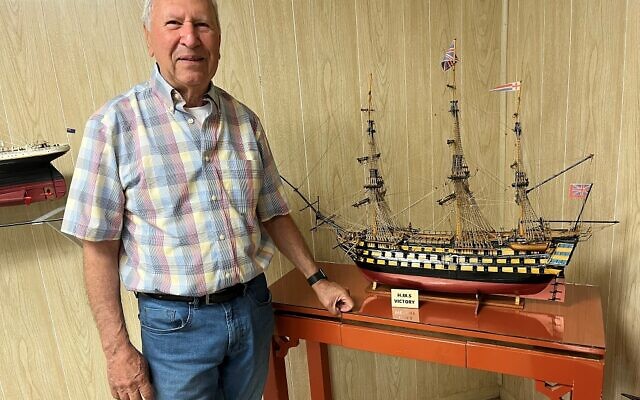
comments